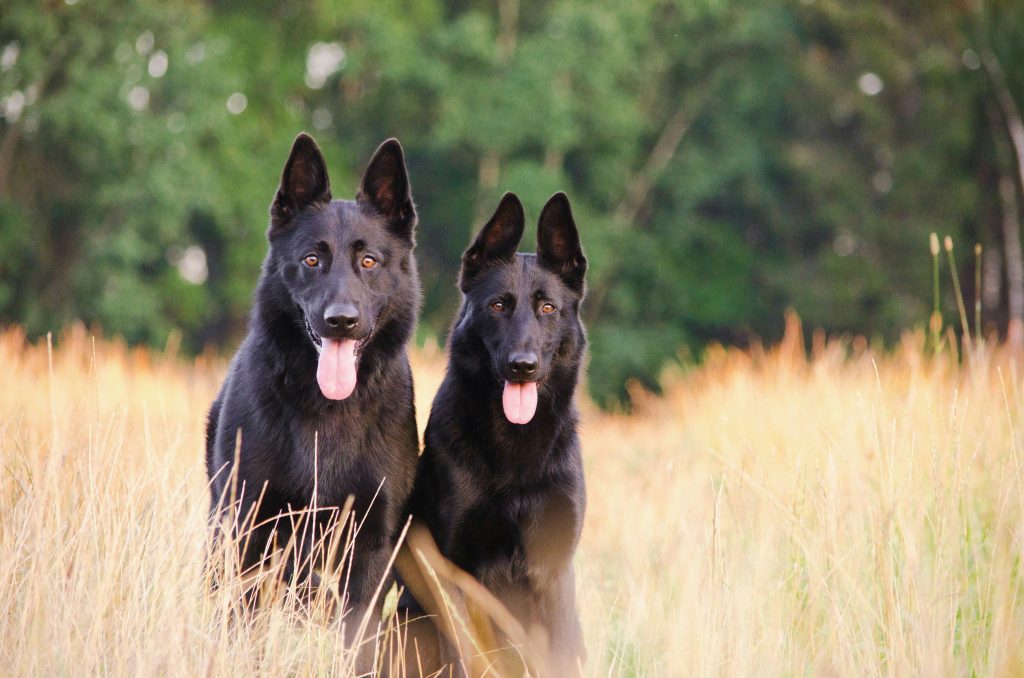Teaching Respect Through Mindful Training
Training your dog isn’t just about teaching commands—it’s about building a respectful relationship. When you approach training mindfully, you’re not simply shaping behavior. You’re creating a deeper, more understanding connection with your dog.
Mindful training centers around patience, presence, and positivity. It’s about teaching with compassion, not control. And when you lead with respect, your dog is more likely to trust, listen, and thrive.
Here’s how to train with mindfulness and mutual respect in every interaction.
1. Understand Your Dog’s Learning Style
Just like people, dogs learn differently. Some are highly food motivated, others love praise or play. Some pick up commands quickly, while others need repetition and encouragement.
Mindful trainers take the time to ask:
-
What motivates my dog?
-
What frustrates or distracts them?
-
How can I support their learning style without pressure?
When you customize your approach, you’re respecting your dog as an individual—not forcing them into a one-size-fits-all mold.
2. Focus on Clear, Consistent Communication
Dogs don’t speak human, but they are masters at reading tone and body language. Training mindfully means staying aware of what you’re communicating—intentionally or not.
Tips for mindful communication:
-
Use clear verbal cues with matching body signals
-
Avoid shouting or inconsistent commands
-
Reinforce wanted behaviors immediately
-
Use calm, focused energy—dogs mirror your mood
Consistency builds confidence. It tells your dog what to expect and makes learning feel safe and structured.
3. Use Positive Reinforcement Over Punishment
Respectful training avoids harsh corrections, yelling, or physical punishment. Instead, it focuses on rewarding desired behavior so your dog wants to repeat it.
Positive reinforcement can include:
-
Treats or food rewards
-
Toys or play sessions
-
Praise and affection
-
Freedom or access to desired activities
This method strengthens trust. Your dog learns they can try, make mistakes, and grow—just like you.
4. Train in Short, Mindful Sessions
Mindful training isn’t about cramming in commands or drilling nonstop. Dogs learn best in short bursts with breaks for play or relaxation.
Keep sessions:
-
Around 5–15 minutes, especially for puppies or new learners
-
Focused on one or two skills at a time
-
Ended on a positive note, with success and reward
Training should feel like a positive interaction, not a chore or performance. This builds enthusiasm and cooperation.
5. Pay Attention to Emotional Feedback
Dogs give real-time feedback through body language and behavior. If your dog shuts down, ignores you, or acts out during training, take a step back.
Ask:
-
Is my dog confused, frustrated, or overwhelmed?
-
Am I using the right reward?
-
Does my energy feel tense or distracted?
Adjust your approach with compassion. Learning shouldn’t be stressful—it should build your bond.
6. Celebrate Progress, Not Perfection
Mindful training celebrates effort and growth. Your dog is not a robot—they’ll make mistakes, test boundaries, and need reminders.
Avoid frustration by shifting your mindset:
-
Progress over perfection
-
Practice over pressure
-
Curiosity over criticism
Celebrate every small win, and let your dog feel your pride in them. Encouragement fuels connection.
7. Make Training a Daily, Joyful Ritual
You don’t need fancy tools or long sessions. A few minutes of training each day during meals, walks, or playtime is powerful.
Incorporate training into:
-
Mealtime (ask for “sit” or “stay”)
-
Walks (practice “heel” or “leave it”)
-
Play (reinforce recall or impulse control)
Mindful training weaves respect and structure into your dog’s daily life—and helps them feel more secure and loved.
Final Thoughts
Training is one of the most powerful ways to deepen your relationship with your dog. When you approach it with mindfulness, you move beyond obedience into mutual respect and understanding.
By staying present, positive, and patient, you’ll build a dog who trusts you, listens to you, and loves working alongside you. That’s the heart of mindful dog ownership—a partnership, not a power struggle.


